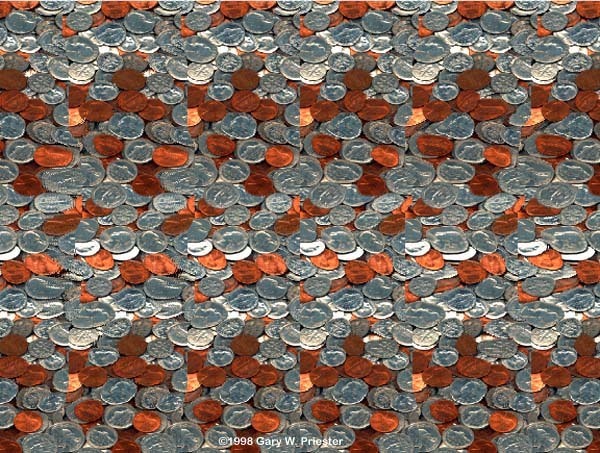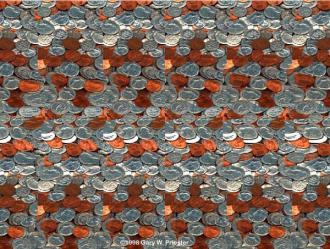
A little girl asked her mom...
A little girl asked her mom, "Mom, may I take the dog for a walk around the block?"
Her mom says, "No, because the dog is in heat."
"What's that mean?" asked the child.
"Go ask your father. I think he's in the garage."
The little girl goes to the garage and says, "Dad, can I take Susie for a walk around the block. I asked mom but she said the dog was in heat and that should ask you."
Her dad said, "Bring Susie over here."
He took a rag, soaked it with gasoline, and scrubbed the dog's butt with it and said, "OK, you can go now but keep Susie on the leash and only go one time around the block."
The little girl left and returned a few minutes later with no dog on the leash.
Her dad said, "Where's Susie?"
The little girl said, "Susie ran out of gas about halfway down the block and there's another dog pushing her home."
Her mom says, "No, because the dog is in heat."
"What's that mean?" asked the child.
"Go ask your father. I think he's in the garage."
The little girl goes to the garage and says, "Dad, can I take Susie for a walk around the block. I asked mom but she said the dog was in heat and that should ask you."
Her dad said, "Bring Susie over here."
He took a rag, soaked it with gasoline, and scrubbed the dog's butt with it and said, "OK, you can go now but keep Susie on the leash and only go one time around the block."
The little girl left and returned a few minutes later with no dog on the leash.
Her dad said, "Where's Susie?"
The little girl said, "Susie ran out of gas about halfway down the block and there's another dog pushing her home."

